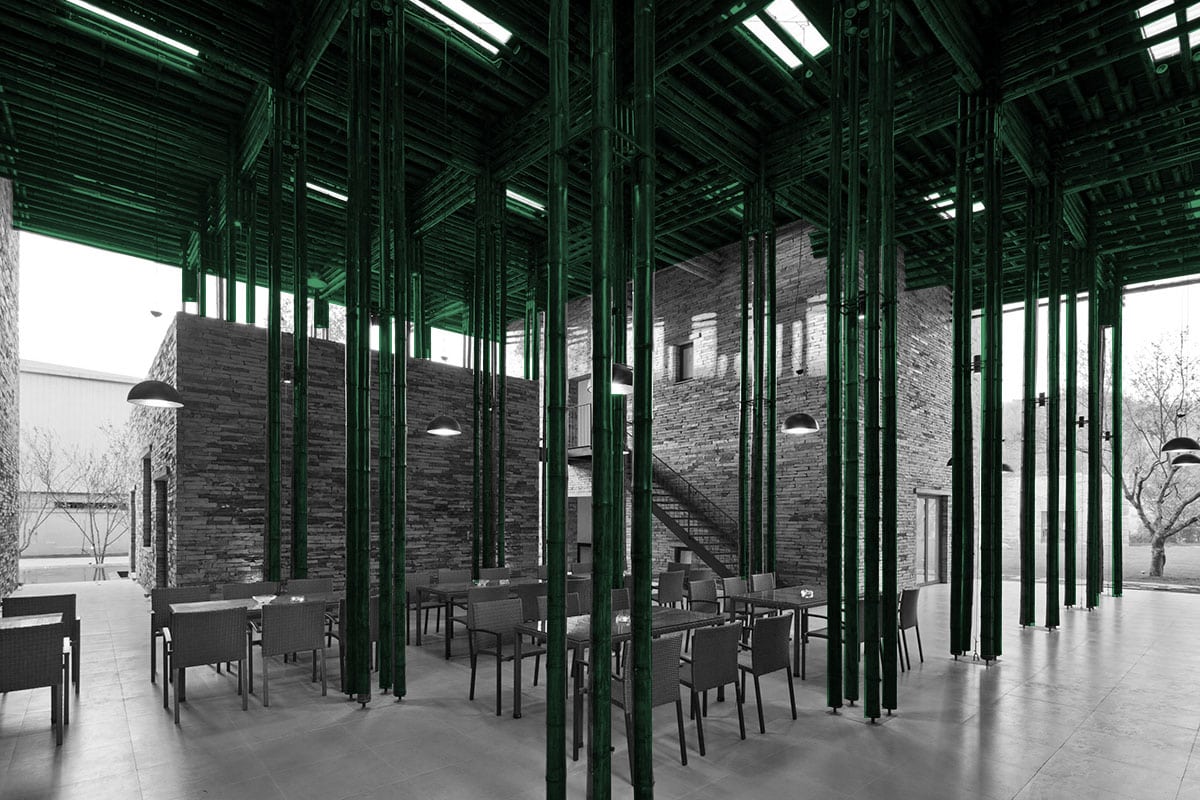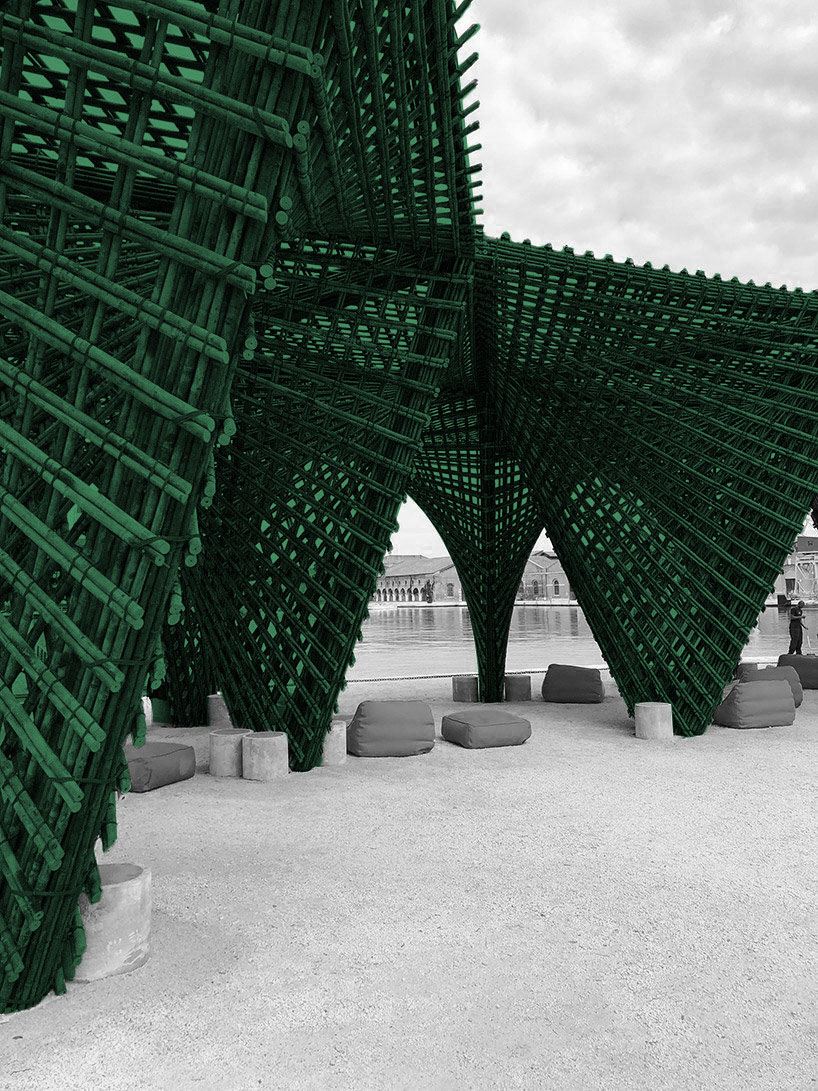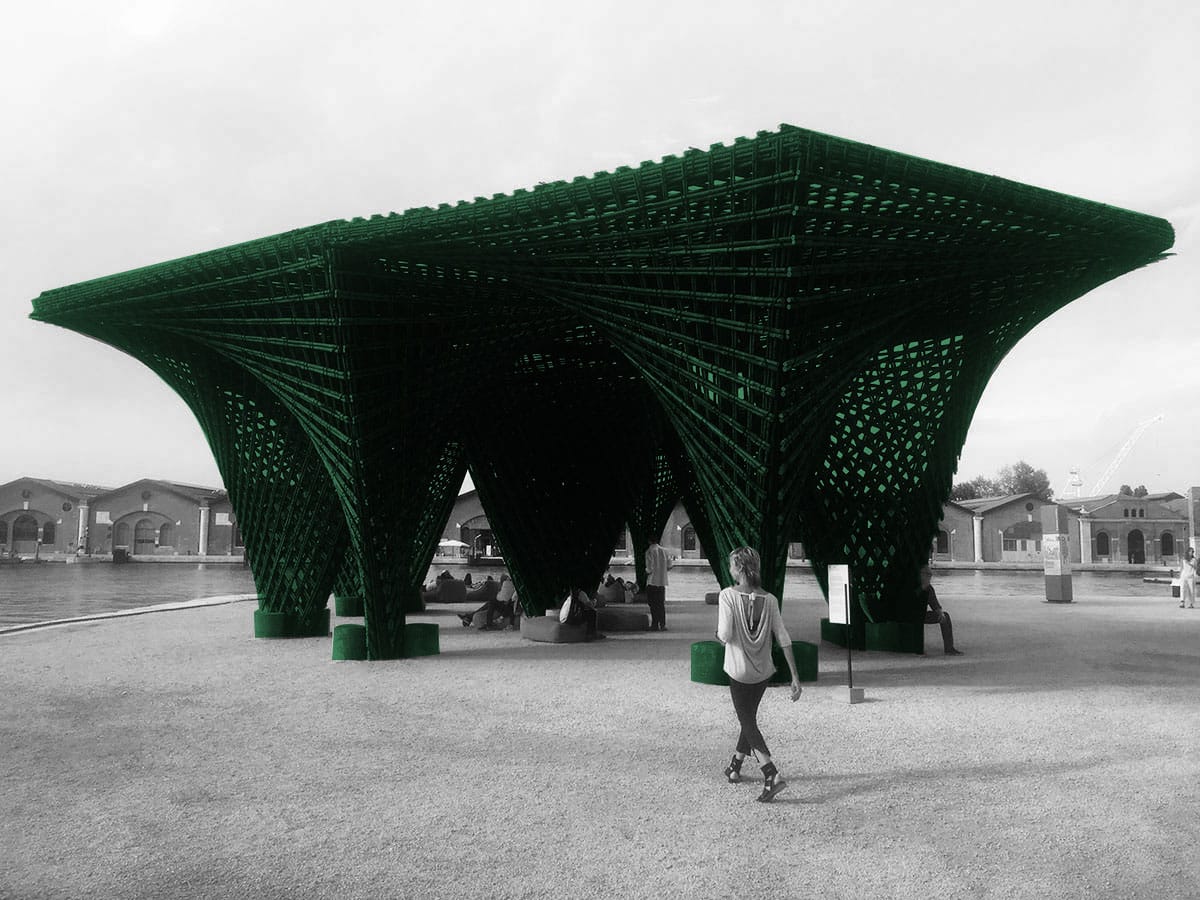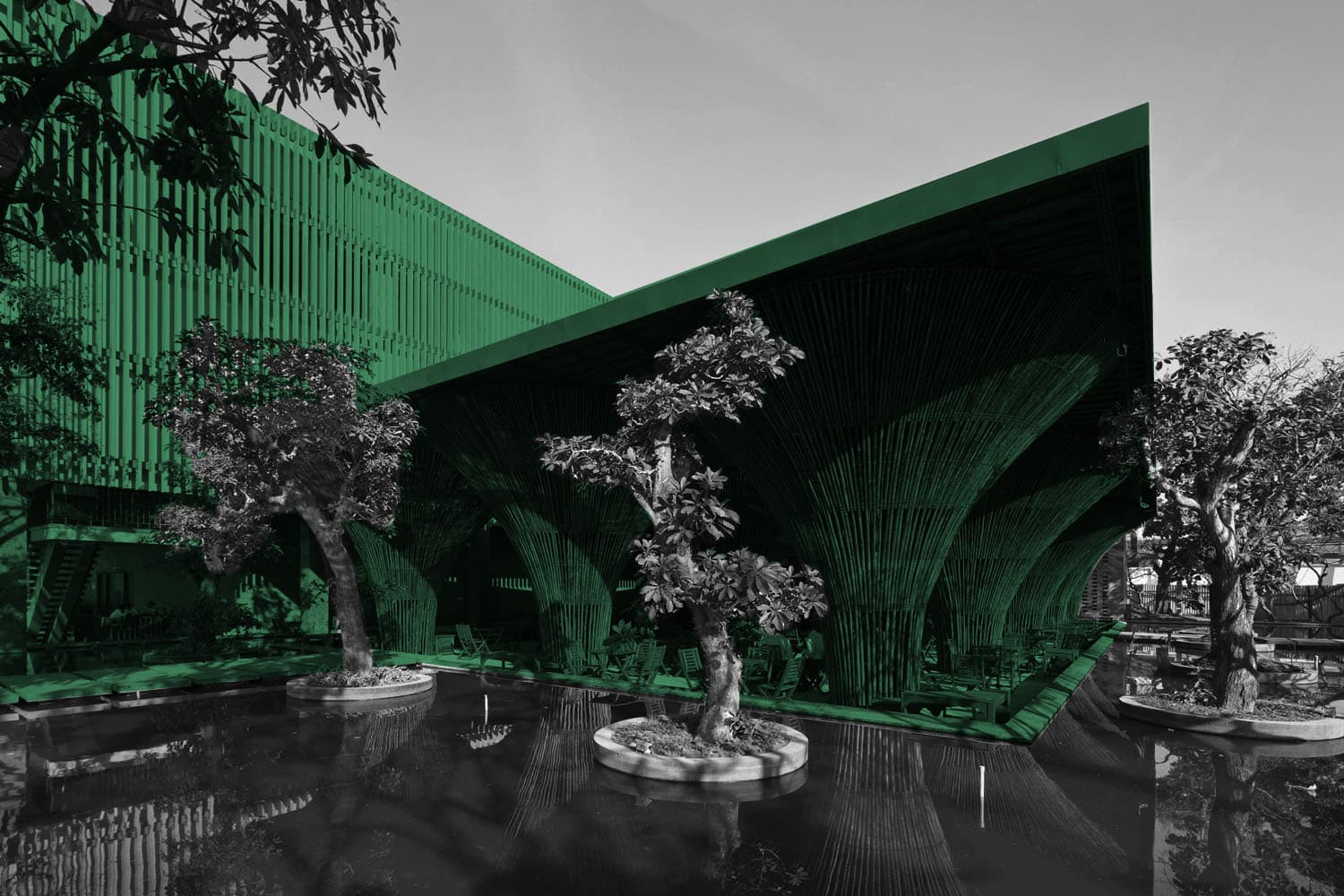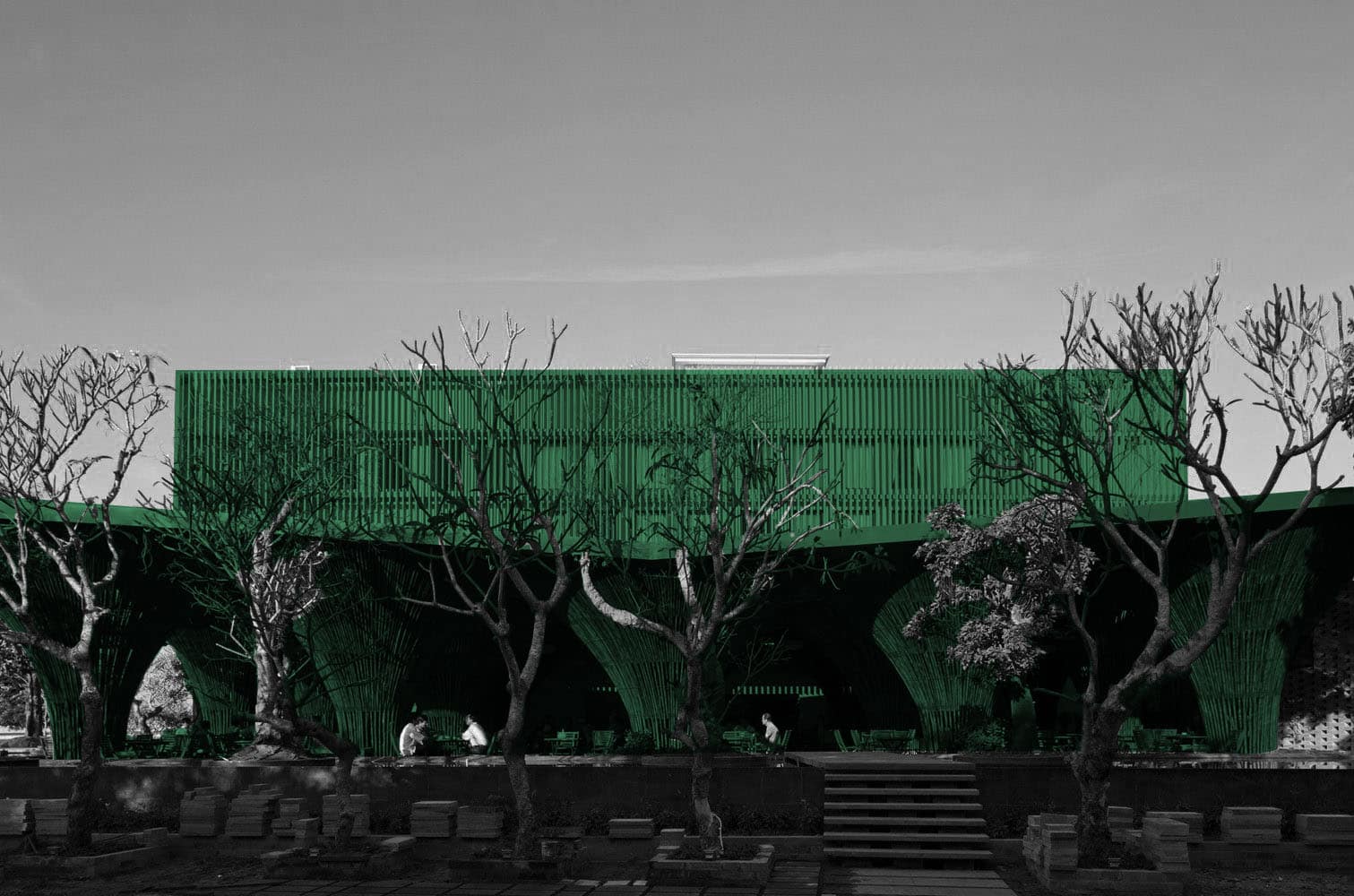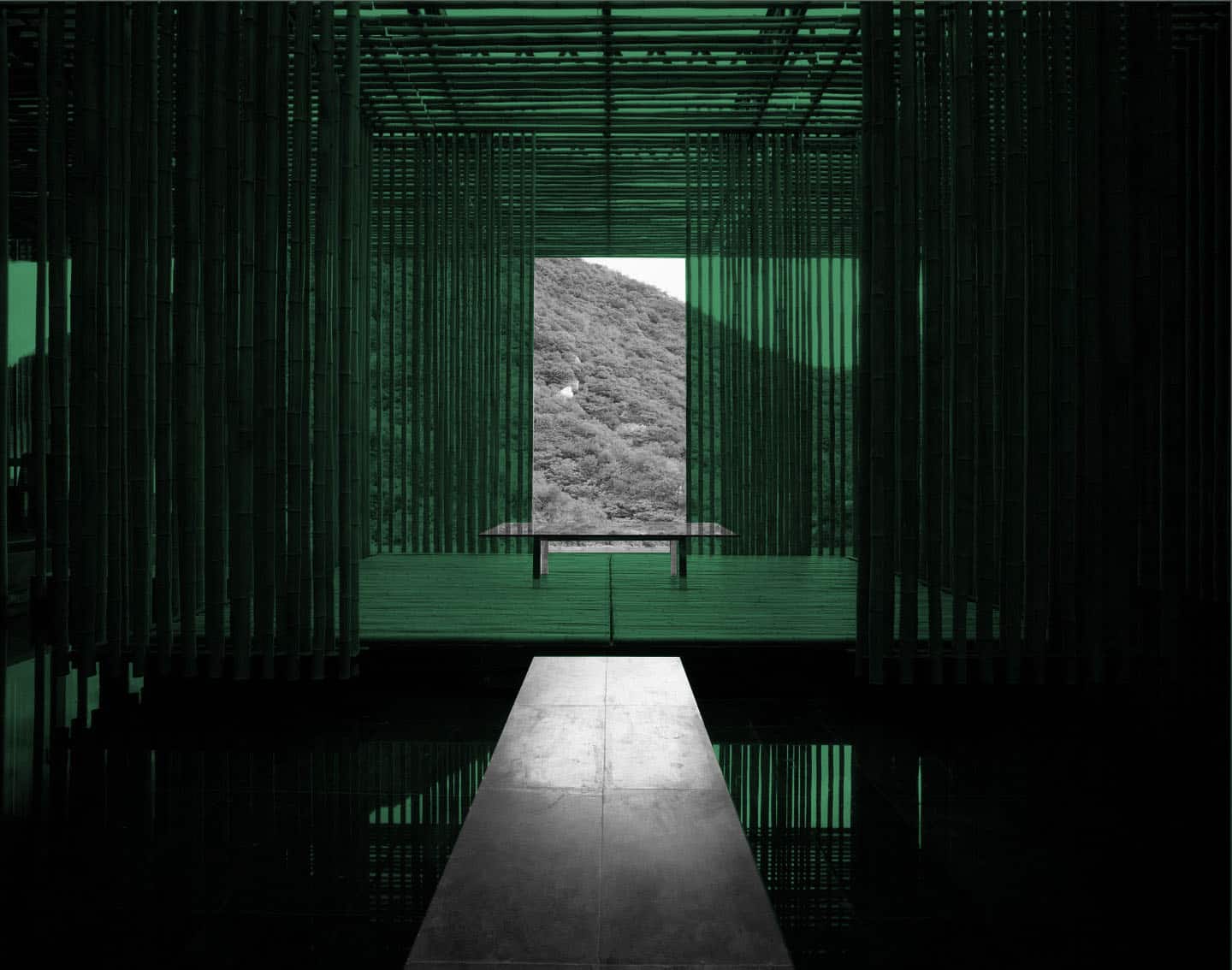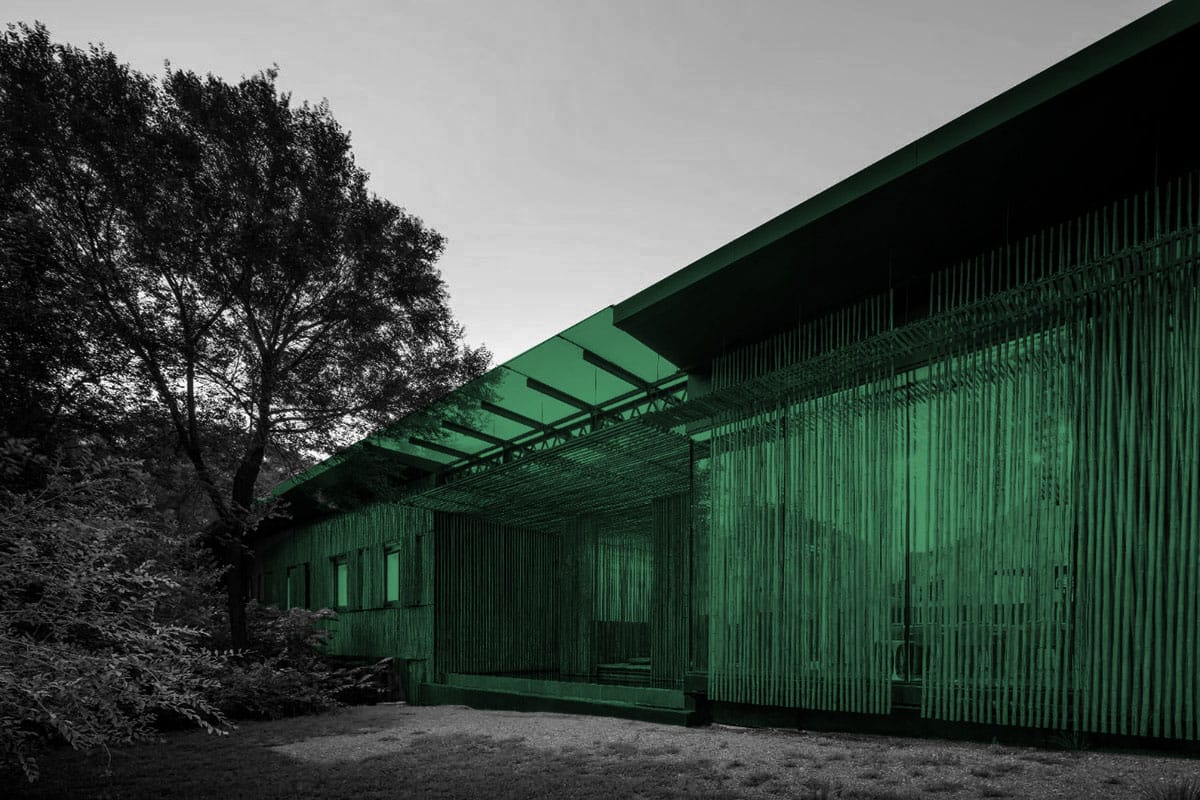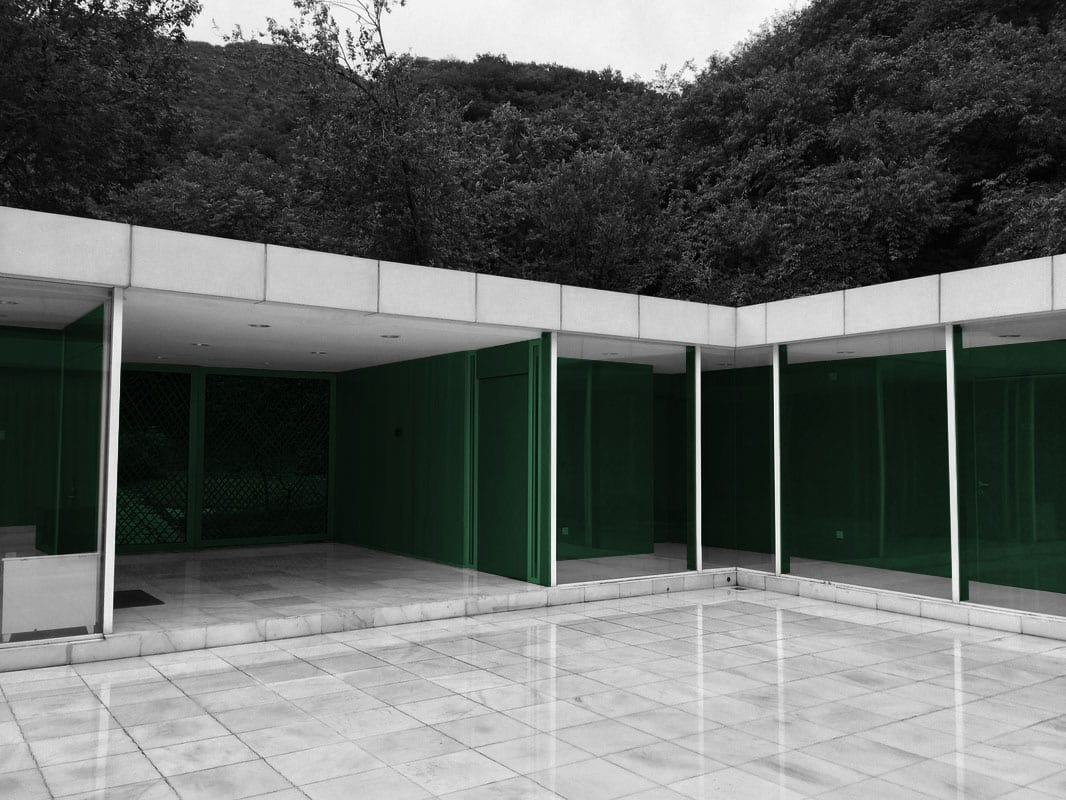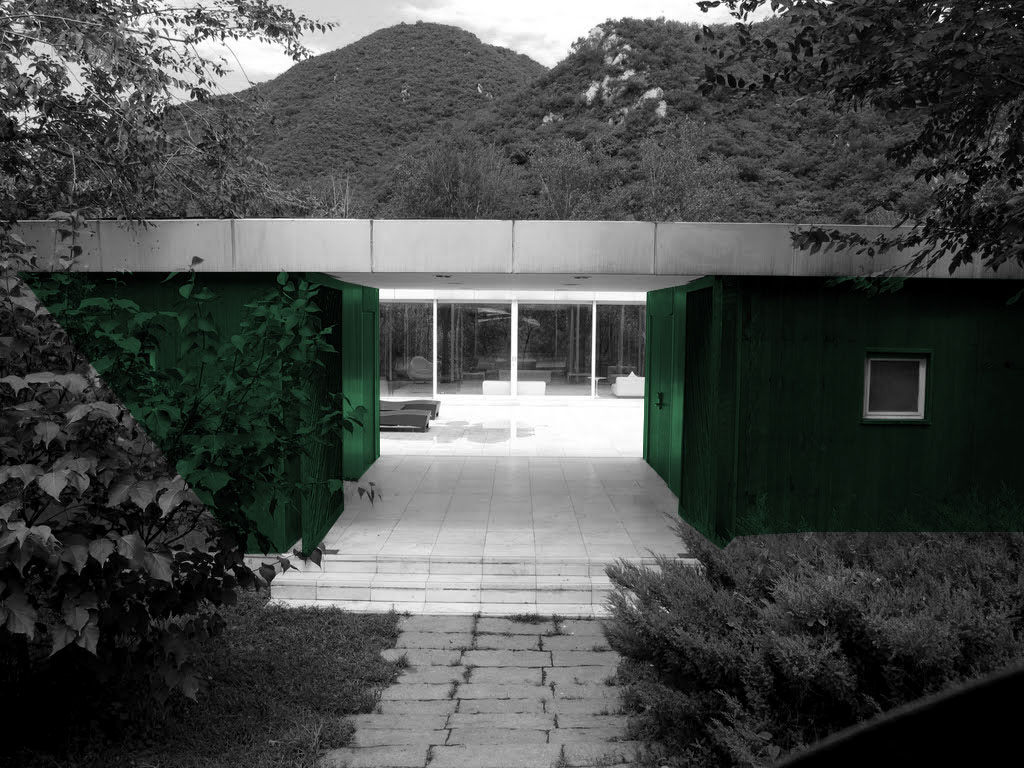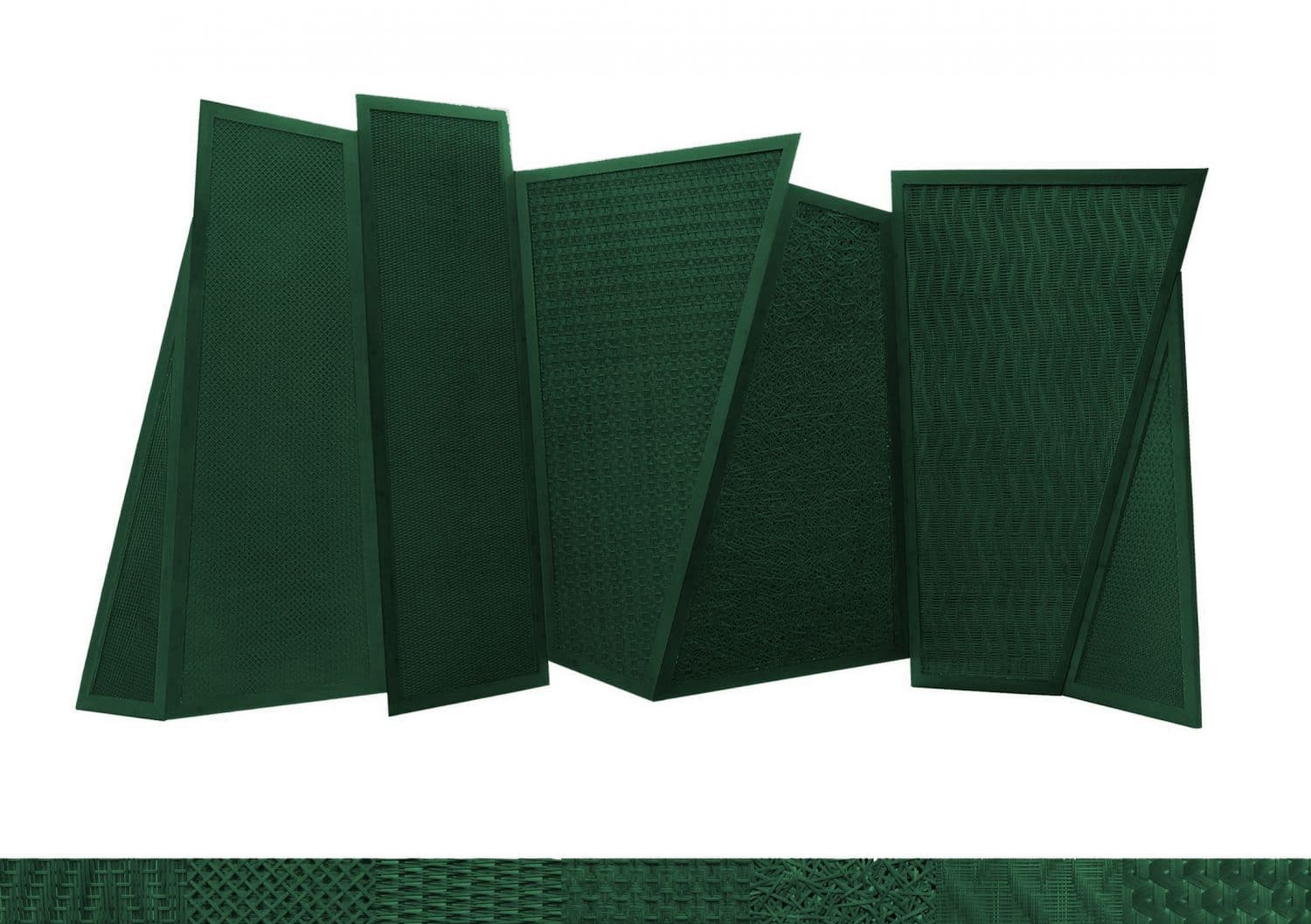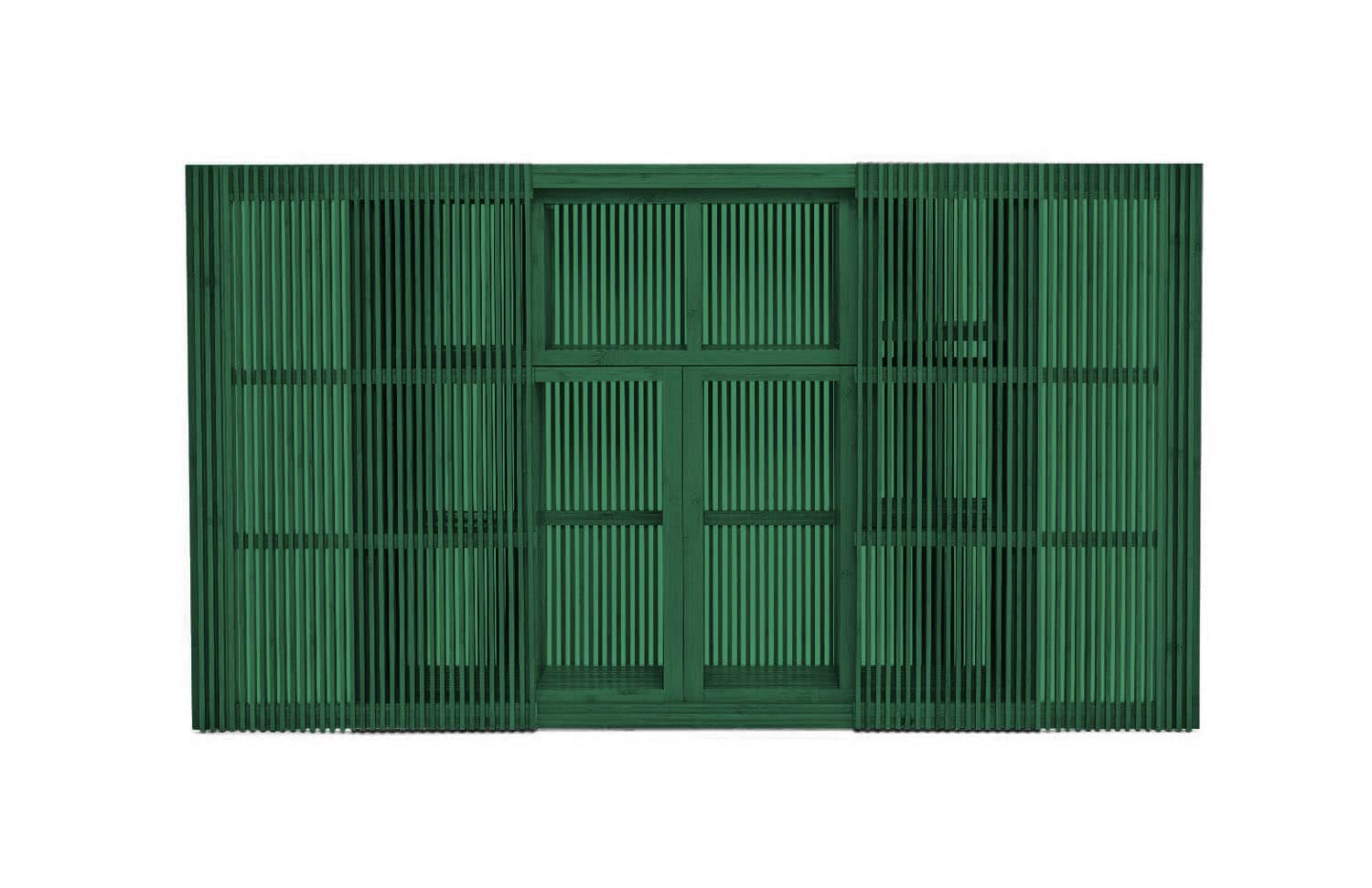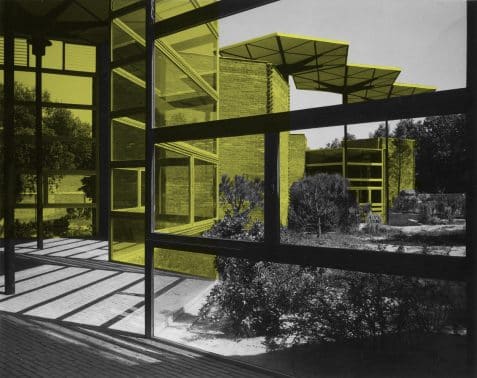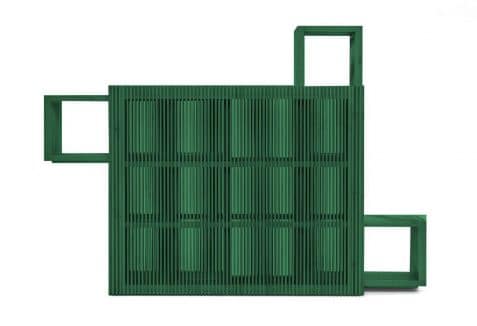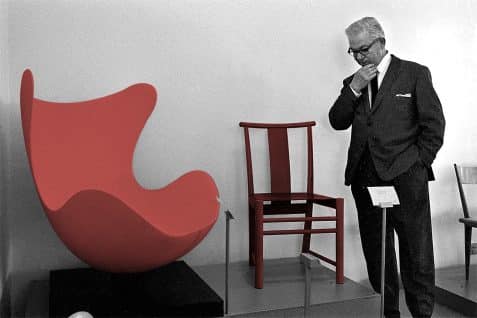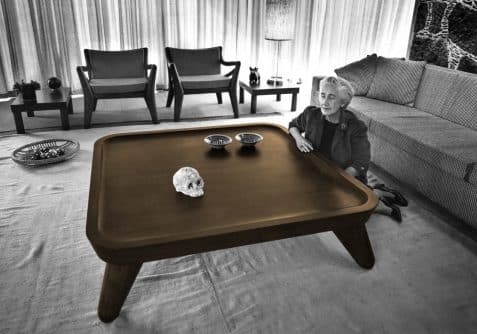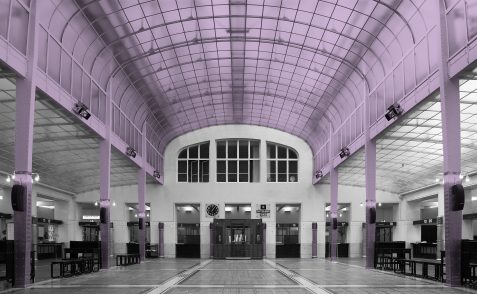INTERIOR
Bamboo in contemporary Asian architecture #Buckminster Fuller #Frei Otto #Jeff Dayu Shi #Kengo Kuma #Renzo Piano #Shigeru Ban #Vo Trong Nghia
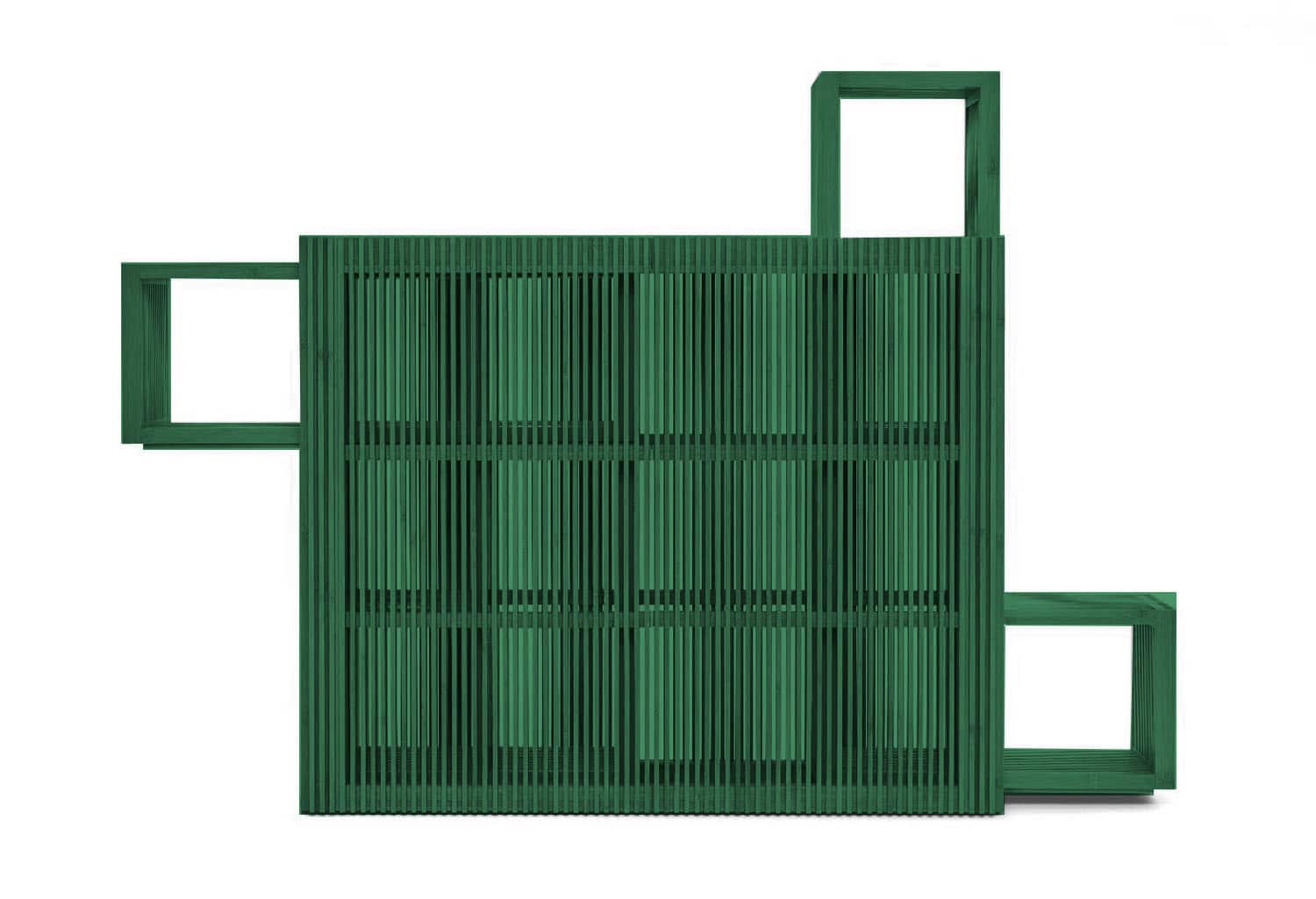
Bamboo has been used in Asia for centuries in a range of applications that goes from tea ceremony utensils to scaffolding used in the construction of apartment buildings. It can be considered a symbol in different Asian cultural traditions and in many countries the word bamboo is used as a synonym for wealth.
But in recent times, its specific characteristics have given it a special prominence in the world of architecture and furniture as a particularly sustainable material, since being a type of grass plant its growth is much faster than that of wood. Many architects have experimented with bamboo as a building material attracted by its sustainability, its economy or its resistance and lightness, among them Buckminster Fuller, Frei Otto or Renzo Piano.
When the Great Wall Commune residential complex was built in 2002 to promote Asian architecture, Japanese architects Shigeru Ban and Kengo Kuma chose bamboo as their main material. in the Bamboo Furniture House, Shigeru Ban takes advantage of the regeneration capacity of bamboo to produce an economical plywood with which to build the storage units that serve as a supporting structure for his patio house. On the other hand, Kengo Kuma’s Bamboo Wall House uses bamboo stalks for the walls, floors, or ceilings of the different rooms, playing with their separation to allow greater or lesser permeability.
Other Asian architects, such as the Vietnamese Vo Trong Nghia, update traditional construction techniques to build bold bamboo structures that are also effective on environmental issues, such as ecological impact or carbon footprint. Buildings such as the Kontum Indochine Cafe or the Son La Restaurant and structures such as the 2018 Venice Biennale Pavilion show the possibilities of bamboo as a contemporary building material. In the same way, designers like Jeff Dayu Shi of Dragonfly Design Center, use traditional techniques to produce completely contemporary bamboo furniture.
